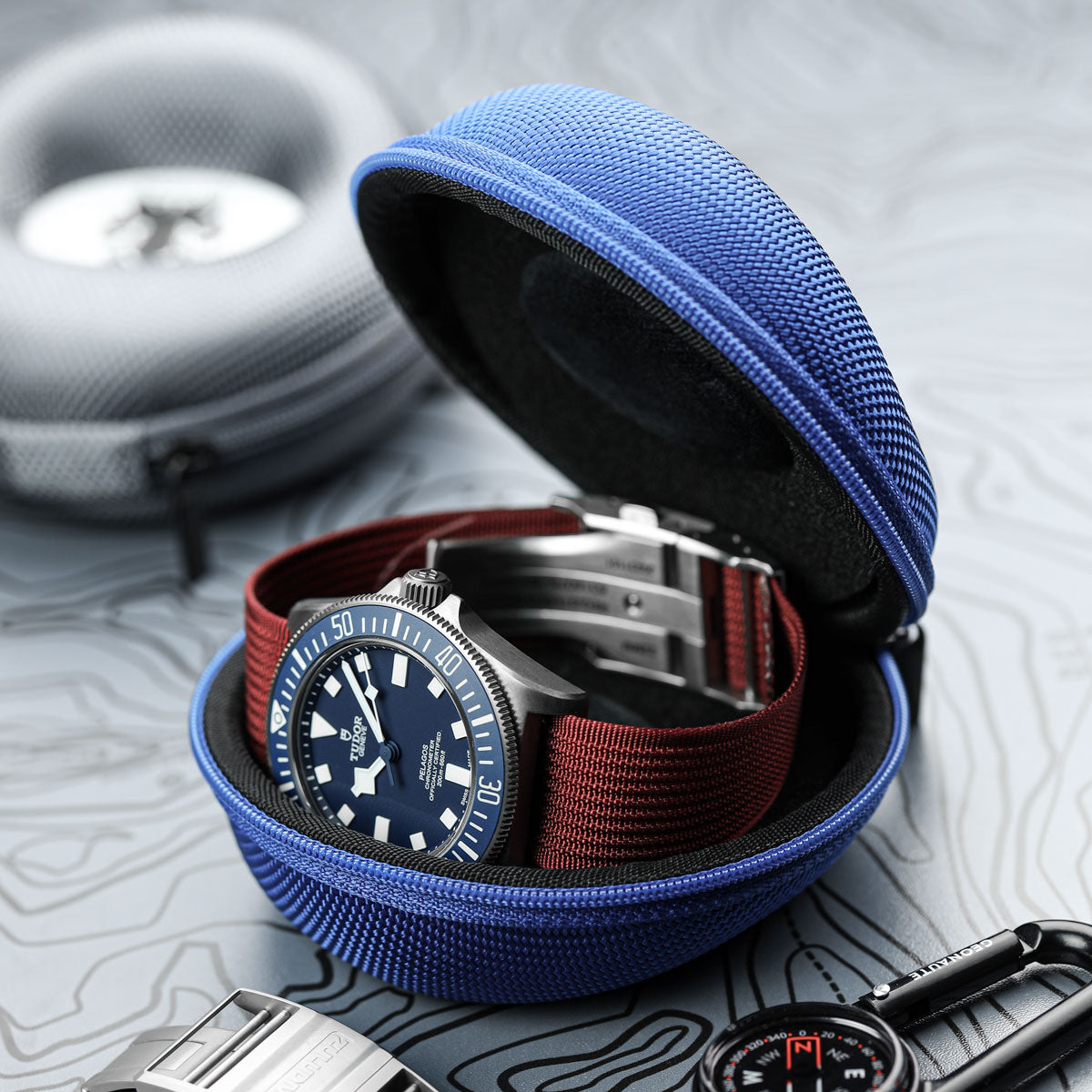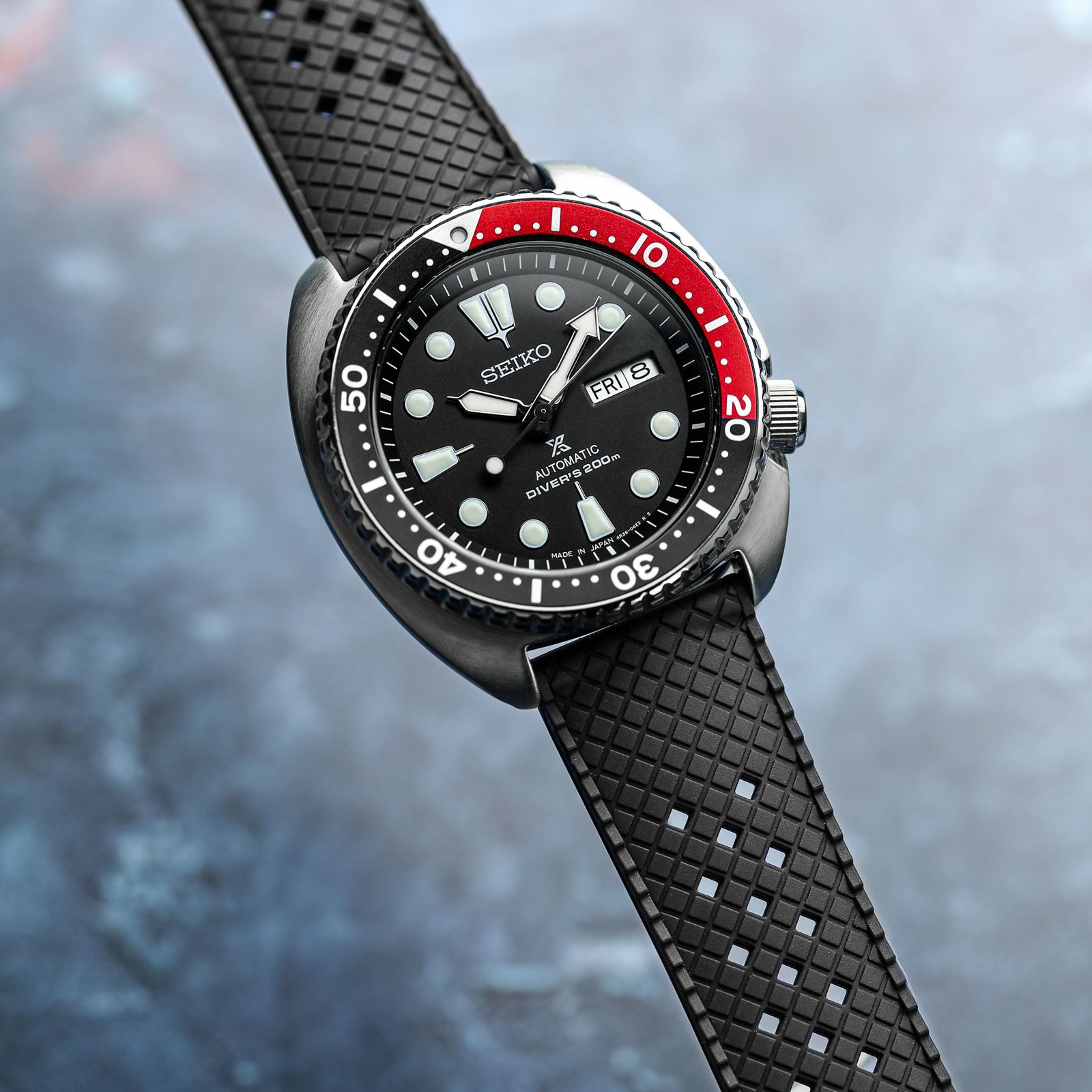Your Cart is Empty

Climbing Adventures, ‘A Dream of White Horses’
September 17, 2020
What is ‘A Dream of White Horses’?
Dream of White Horses is high among the most popular climbing routes in the country, it is a major classic where adventuring is at its best. Most dedicated climbers will have this route at the top of their list and once it is ticked off, it surely signifies a milestone in their climbing career.
Journeying across a huge white slab on the atmospheric sea cliffs is described as one of the best in the world. The experience of hanging off ropes at 150m with the sea crashing against the rocks underneath with only the occasional seal as your audience is spectacular but should also be taken very seriously.

What is the route about?
The iconic route is situated on Anglesey at Gogarth North Stack/Main Cliff on a section that is referred to as Wen Zawn.
E, Drummond. and D, Pearce. who were the first ascensionist in 1968 have unfortunately both died, but their remarkable climb will arguably remain as one of the finest.
In modern climbing, the route has seen many solo ascents, but most people will spend months preparing for a traditional ascent. Andrew Walker has recently completed a very impressive ascent with just one hand.
The Technical Bit…
In terms of difficulty, the route has two HVS 4c grades which are the British trad grades.
The HVS signifies how well the climb can be protected with nuts, hexes, cams etc, taking into consideration the seriousness, exposure and more.
4c highlights how physical and strenuous the actual climbing moves are when following the easiest line.
HVS commonly comes with 5a but Dream of White Horses is HVS 4c, meaning it is an easy climb but feels bold and not very well protected. Legendary climber ‘Johnny Dawes’ also has the opinion that the route feels more in the Extreme grade territory. Especially on the final traverse pitch, where a potential fall can lead to very serious injuries, not to mention the difficulty of getting out of that situation.

The journey
The climb starts straight from the car park with a 30min approach, something you do not like doing at 0630 in the morning, but it is always worth it at the end (type two fun)! 06:30 to go climbing you are probably thinking sounds crazy but to beat the traffic and not have to wait for hours behind other parties an early start is the key.
Gearing up at the top out of the route felt like the calm before the storm, very quiet, sun is rising, no one around, down jacket on and a sip of coffee – very relaxing.
As you start walking to the abseil point, you very quickly get slapped in the face with a tricky and quite dangerous scramble down… that woke us up!
Next up the contemplation of the abseil point quickly gets your buzz level to 100.
Looking over the edge got me thinking, this is exactly why I love climbing. Hearing the roar of crashing waves and seeing the wall was overwhelming, that feeling when your senses heighten, your drive is at its peak and you can almost taste success.
Rope in situ, belay device attached, prusik loop secured and off we go 50 meters of abseiling, that is 50 meters of about million different thoughts bouncing around in our brains. Is that it? I hope I am not going there! That looks scary! OH, that rock is loose! Have I gone too far? Where should I build my anchors? All whilst you are trying to have a good time and enjoy yourself.

The Climb
Dream of White Horses is broken down into four pitches/sections which have a low tide start and a high tide start. I recommended checking the tide times otherwise you are setting yourself up for a very bad experience. Myself and my climbing partner have chosen the full experience and start at the low tide point.
Pitch One
Pitch one was unexpectedly the most worrying section, have a guess why?
If you miss or cannot find a good piece of protection and accidently take a fall, you will be swimming in the sea! Luckily, I just about managed to bumble through the wet and slimy rock.
Route finding and the actual climbing was not quite straight forward, conditions meant it was easy to go wrong. The only positive aspect I can remember from pitch one is seeing the seals playing below as I built my anchors.
Pitch Two
My climbing partner was leading pitch two and unfortunately, we went slightly off route and did the second pitch of ‘Wen’ (HVS 5a) instead. Although it was slightly harder, it was beautiful, and we did not miss much so we were not too bothered.
The point to take away from this is that if you are in a really serious climbing environment, you cannot rely on one option, having the skill and experience that allow you to adapt is very critical.
Your life can depend on it.
Pitch Three
Pitch three lead was on me and without over exaggerating, it was magnificent.
The sort of climb you could do 100 times and you would not get bored of.
A diagonal break in the rock, full of jugs, good foot holds and as much protection as you want with the right equipment as a given (cams and nuts etc.)! This section is where you can really relax and just purely enjoy the ascent without thinking about the million other aspects of the climb…
Apart from the fact that you are getting closer and closer to the most intimidating section of the route, the final traverse pitch.
Pitch Four
Pitch four is just another level.
Traversing 45m leftwards gets your heart going and is time where both climbers have a moment of silence to psychologically prepare.
Although the climbing itself is not difficult, having nothing but the sea beneath you is quite scary, the knowledge that if you fall you will be left hanging. You are always thinking of mistakes to be avoided at all costs, extending your protection, to not cause drag in the rope and to avoid pulling the gear out as the second climb.
For me it felt like a race, a quick climb to get to the gear and a brief rest before pulling the gear out. As soon as you pull the gear out you could be falling 5-10m so the quicker you close the gap the safer you feel.
It is the sort of route you want to climb with someone who has done it before and knows exactly how to tackle every section.

Although very intimidating, the feeling of successfully topping out is like no other!
Disclaimer –Please do not take this as an informative guide, it is not designed to give people advice, nor does it explain how to do the climb. It is simply a reflective piece to share my experience.
Top tip –Seek professional guidance from Mountain Training and BMC if you are ever unsure.



















